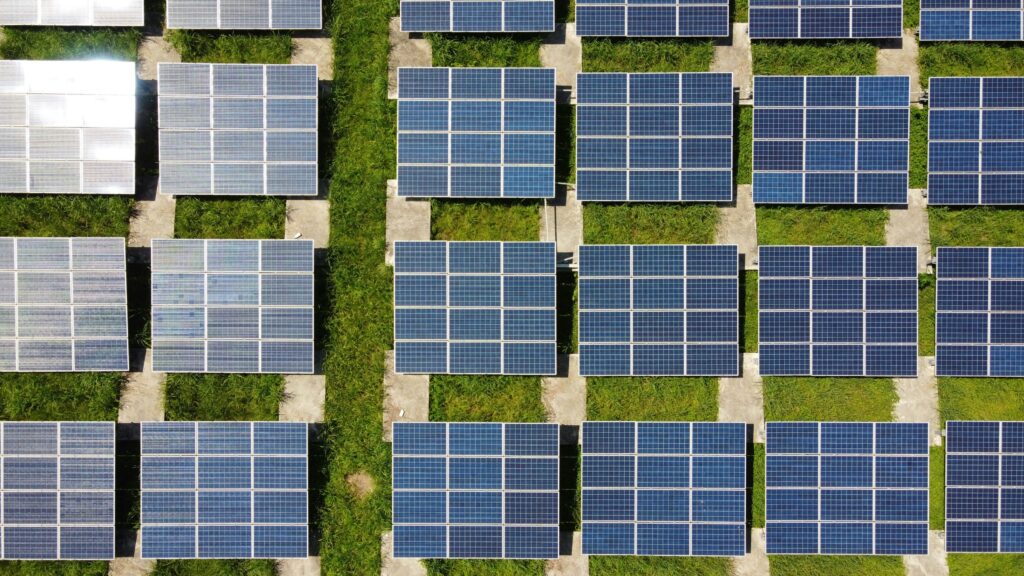
In a world where the cost of energy continues to rise, solar power offers a ray of hope for a more affordable and sustainable future. With advancements in solar panel technology and government subsidies available, harnessing the power of the sun has never been more accessible. Let’s delve into the world of solar power and explore how it has become a viable and cost-effective energy solution.
The Evolution of Solar Panel Technology
As we journey through the evolution of solar panel technology, it’s akin to watching the blossoming of a world where innovation meets necessity. The transformation from bulky, inefficient units to sleek, high-performing panels is not just a testament to human ingenuity but a beacon of hope for sustainable energy’s future.
In the early days, solar panels were primarily used in space applications, powering satellites in Earth’s orbit—a testament to their high cost and sophistication. Fast forward to today, and the technology has not only become more accessible but has also seen a dramatic increase in efficiency. The evolution from those early models to the current generation of thin-film solar cells and monocrystalline silicon panels has been nothing short of revolutionary.
Here are a few fun facts to ponder: Did you know that the first commercial photovoltaic cell, developed in 1954, had an efficiency of about 6%? Today, some high-efficiency models boast efficiencies exceeding 22%. This significant leap is a result of relentless research and development, pushing the boundaries of what’s possible with solar energy.

Another intriguing facet of solar panel technology is the development of flexible solar cells. Imagine rolling out a solar panel like a yoga mat on your rooftop, or integrating photovoltaic materials into the fabric of backpacks, charging your devices on the go. This isn’t a scene from a sci-fi novel; it’s the reality of today’s solar innovations.
Let’s not overlook the environmental aspect. Current solar panel systems are designed with recyclability in mind, paving the way for a future where renewable energy solutions are not only efficient and cost-effective but also environmentally friendly. The potential for solar panels to be fully recycled introduces a circular economy in the solar industry, further reducing the carbon footprint associated with energy production.
As we embrace the advancements in solar panel technology, it’s clear that the journey from their inception to the present day is a narrative of overcoming challenges and embracing possibilities. The strides made in this field not only make solar power more accessible but also secure its position as a cornerstone of the future energy landscape. The evolution of solar panel technology is a dazzling reminder that the future of energy is not just bright; it’s solar-powered.
Unraveling the Mystery of Solar Power Affordability
Peeling back the layers of solar power’s affordability reveals a landscape shaped by relentless innovation and strategic financial incentives. The journey to affordability is not just a narrative of falling prices but a tale of overcoming economic barriers to usher in an era where solar energy is not a luxury, but a norm.
The significant drop in solar panel costs is a marvel of modern engineering and economies of scale. Consider this: a decade ago, the financial outlay for solar installations was a formidable barrier for many. Yet, today, we stand at a pivotal point where the cost of solar energy generation is on par with, or in some cases less than, traditional fossil fuels. This seismic shift is underscored by an intriguing fact: solar panel prices have nosedived by more than 70% since 2010. Such a drastic reduction has propelled solar power from the fringes of feasibility into the mainstream of affordability.
Behind the scenes of this pricing revolution are innovations that extend beyond the solar panels themselves. The advent of improved manufacturing processes, breakthroughs in photovoltaic cell efficiency, and the scale-up of global production lines have collectively conspired to lower costs. A fascinating byproduct of these advancements is the development of solar cells that can be printed, akin to newspaper printing, heralding a future where solar panels are not only ubiquitous but also incredibly cheap to produce.
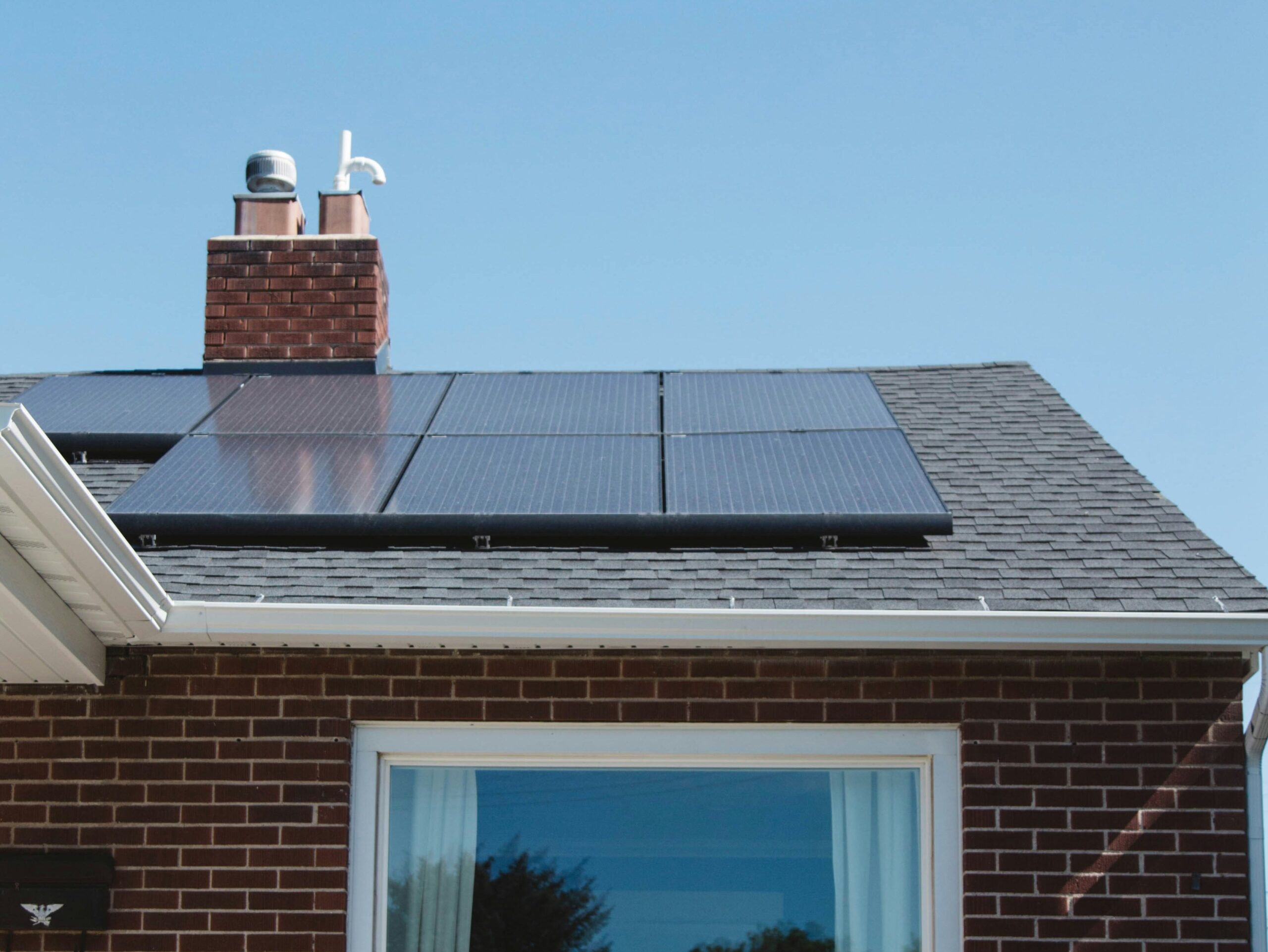
Amplifying the appeal of solar power’s affordability are government subsidies and tax incentives, which act as a catalyst for adoption. These financial mechanisms effectively lower the entry barrier, making solar installations a more attractive proposition. The Federal Solar Tax Credit, for example, allows for a deduction of a significant percentage of the cost of installing a solar energy system from federal taxes. Such incentives not only expedite the return on investment but also underscore a commitment to a sustainable energy future.
As we navigate the nuances of solar power’s affordability, it becomes evident that the confluence of technological innovation and strategic financial incentives are key drivers. The affordability of solar power is not a serendipitous occurrence but the result of a concerted effort to make sustainable energy accessible to all.
Navigating the Landscape of Government Subsidies and Tax Benefits
Embarking on the path to solar energy adoption is akin to navigating a treasure map filled with hidden subsidies and tax benefits that can significantly bolster your financial savings and environmental contributions. The landscape of government incentives is a complex yet rewarding domain, where understanding the nuances can turn the dream of solar power into an accessible reality for many.
One of the most intriguing aspects of solar incentives is the variety and depth of options available. For example, the Federal Solar Tax Credit, also known as the Investment Tax Credit (ITC), allows you to deduct a substantial portion of your solar power system’s cost from your federal taxes. This incentive is not just a drop in the ocean; it’s a significant wave of financial relief, making solar installations markedly more affordable. But the clock is ticking on this particular benefit, with the credit set to decrease incrementally in the coming years, underscoring the timely nature of solar investment.
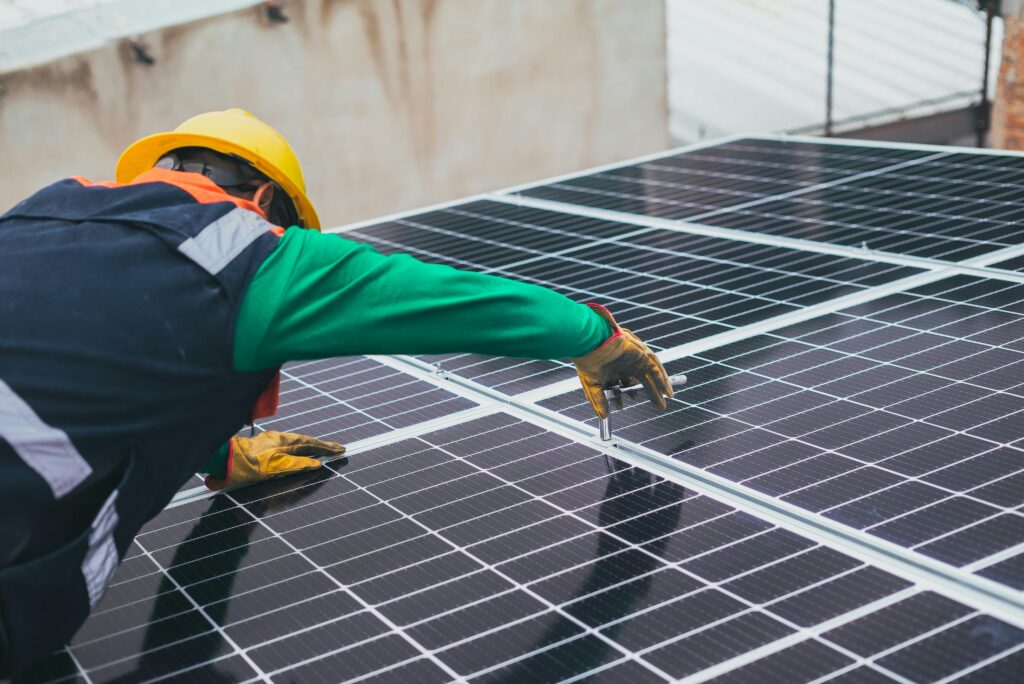
Diving deeper into the subsidy sea, various states offer their own flavors of incentives, from rebates that directly reduce your installation costs to performance-based incentives that pay you over time based on the electricity your solar panels generate. These state-level incentives can stack with federal benefits, compounding the savings and benefits. Imagine, for a moment, being paid to generate your own clean energy. It’s not just an eco-conscious choice but a financially savvy one too.
A less talked about but equally fascinating subsidy comes in the form of Solar Renewable Energy Certificates (SRECs). In some states, for every thousand kilowatt-hours (kWh) your system produces, you earn an SREC, which you can then sell, adding a revenue stream that further offsets the cost of your system. It’s like having your own little energy gold mine on your roof.
Venturing into the world of solar power with a keen eye on these subsidies and tax benefits reveals a landscape ripe with opportunities.
These incentives not only lower the barrier to entry but also highlight a collective commitment to a sustainable future. They serve as a beacon, guiding us towards an era where clean, renewable energy is not just a choice but a norm embraced with enthusiasm and supported with vigor.
The Surprising Benefits of Switching to Solar
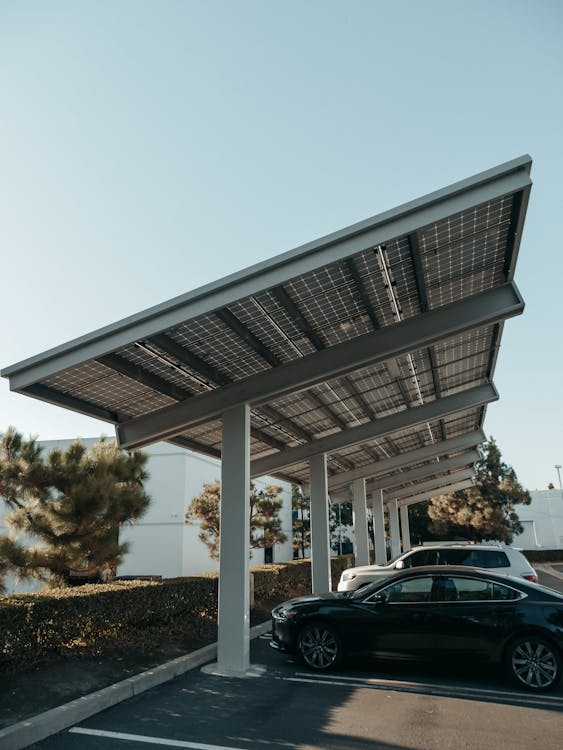
Embarking on a solar energy journey opens up a world of unexpected rewards, weaving together the threads of financial prudence, environmental stewardship, and personal satisfaction. The switch to solar isn’t merely an economic decision; it’s a step into a future where the benefits extend far beyond the boundaries of our own homes. Here are three intriguing facts that illuminate the surprising perks of going solar.
Consider the impact on your home’s market value. Solar panels are not just energy generators; they’re investments that pay dividends in the real estate market. A fascinating study revealed that homes equipped with solar power systems sold for a premium, often 4.1% more than similar homes without solar installations. This increment in value can translate to tens of thousands of dollars, a figure that makes the initial investment in solar even more appealing.
Secondly, solar power carries the profound benefit of water conservation—a critical environmental concern.
Traditional power generation methods, including nuclear and coal-fired power plants, require vast amounts of water for cooling. Solar photovoltaic cells, by contrast, generate electricity without water, significantly reducing the strain on this precious resource. By opting for solar, you’re contributing to a solution that eases the pressure on local water supplies, a choice that is as smart as it is responsible.
The journey towards solar adoption may surprise you with its social dividends. Solar power installations create a ripple effect, encouraging a community-wide shift towards renewable energy. As neighbors and local businesses observe the tangible benefits unfolding on your rooftop, they’re inspired to follow suit. This communal shift not only multiplies the environmental benefits but fosters a sense of unity and shared purpose. It’s an opportunity to lead by example, demonstrating that individual actions can indeed pave the way for collective change.
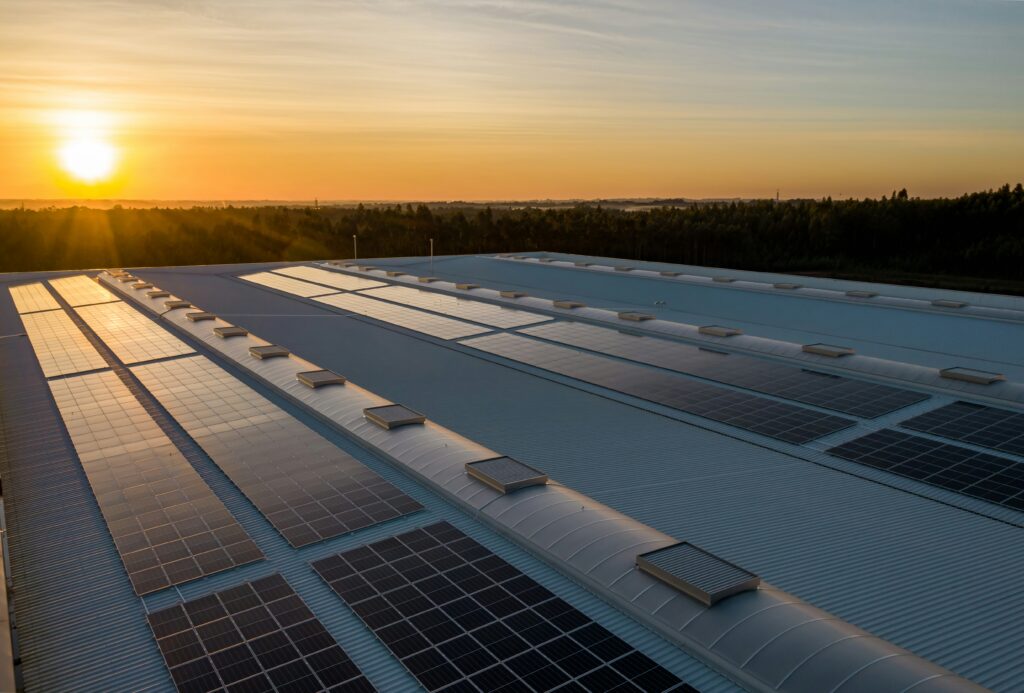
In the panorama of solar power’s advantages, these unexpected benefits shine brightly, highlighting the multifaceted value of making the switch. It’s a venture that promises not just a return on investment, but a contribution towards a sustainable future, a healthier planet, and a united community.
